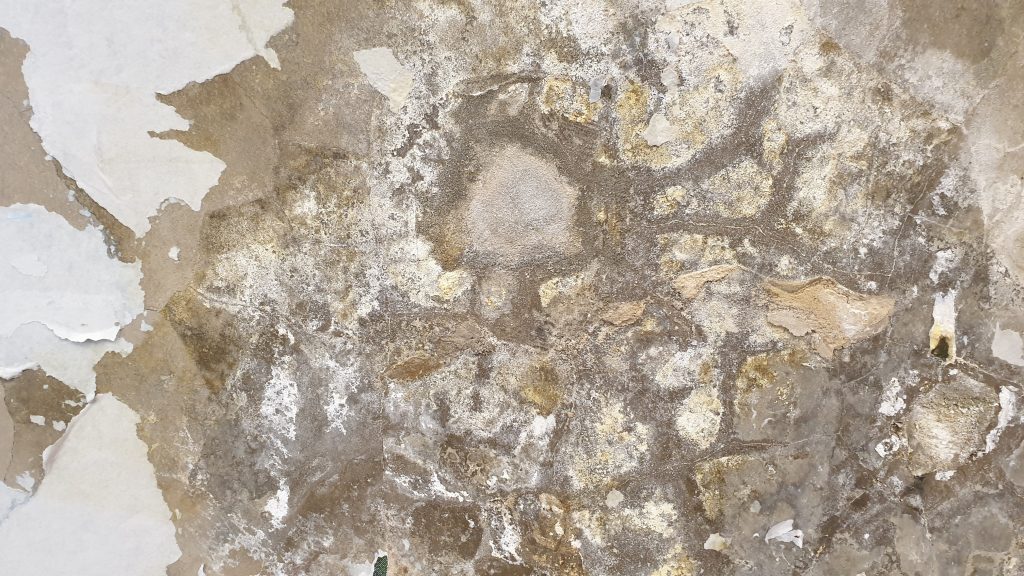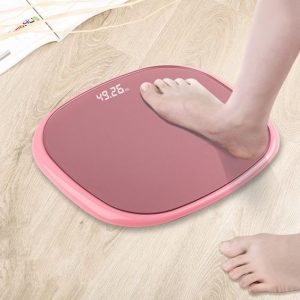How do you mitigate mold after water damage?

Water damage is a common occurrence in homes and businesses, and if not addressed promptly, it can usher in a more insidious problem: mold growth. Mold thrives in damp environments, posing serious health risks and structural damage. We will explore effective strategies for mitigating mold growth after water damage, emphasizing the importance of prompt action, proper assessment, and thorough remediation.
Strategies for mitigating mold growth after water damage
- Immediate Action:
The first and most paramount step in mitigating mold after water damage is immediate action. Begin by stopping the water intrusion source and ensuring the affected area is safe to enter. Safety should always be a priority. Turn off electricity in the affected area to reduce the risk of electrical hazards.
- Assessment and Documentation:
Thoroughly assess the damage once the immediate safety concerns are addressed. Document the extent of water damage, take photographs, and create a detailed inventory of affected items and areas. This documentation will be valuable for insurance claims and remediation planning.
- Moisture Removal:
Effective moisture removal is paramount for mold mitigation. Utilize industrial-grade wet/dry vacuums, pumps, or dehumidifiers to extract standing water and reduce humidity levels. Ventilate the area by opening windows and doors, and use fans to facilitate air circulation. The goal is to dry the influenced zone as quickly as possible.
- Mold Inspection:
Engage a professional mold inspector or remediation expert to assess the extent of mold growth. Mold can be hidden behind walls, under flooring, or HVAC systems. Their expertise will help identify hidden mold sources and guide the remediation process.
- Protective Gear:
When dealing with mold, it’s paramount to prioritize safety. Wear appropriate personal protective equipment (PPE) such as gloves, goggles, N95 respirators, and protective clothing. This gear minimizes the risk of inhaling mold spores or contacting them directly.
- Containment:
Establish containment barriers using plastic sheeting and tape to prevent mold spores from spreading to unaffected areas. Isolate the contaminated area, sealing it from the rest of the property. This containment reduces the risk of cross-contamination during remediation.
- Mold Removal and Cleaning:
Mold removal should be conducted meticulously. Non-porous materials like glass, metal, and plastic can often be cleaned and salvaged. Porous materials like drywall or insulation may need to be removed and replaced. HEPA vacuums and specialized mold cleaning solutions are practical tools for remediation.
- Disposal:
Proper disposal of mold-infested materials is paramount. Bag and seal all contaminated materials securely to prevent further mold dispersion. Follow local regulations for disposal, which may include transporting the waste to a licensed landfill.
- Prevention Strategies:
After mold remediation, it’s paramount to implement preventive measures to avoid future water damage and mold growth. Address the root cause of the water intrusion, whether it’s a leaky roof, faulty plumbing, or poor drainage. Repair and maintain the affected systems to stem recurrence.
- Monitoring and Testing:
Regularly monitor the affected area for signs of recurring moisture or mold growth. Consider periodic mold testing to ensure that the remediation efforts were successful and that mold spore levels are within acceptable limits.
- Professional Remediation:
While some small-scale mold issues can be addressed by homeowners, larger or more severe infestations require professional remediation. Certified mold remediation specialists have the training, equipment, and experience to handle complex cases safely and effectively.
- Consult Insurance:
If the water damage and subsequent mold growth are covered by insurance, contact your insurance provider to initiate a claim. Please provide them with the documentation and assessment information gathered earlier. Work closely with the insurer to ensure a smooth claims process.
- Health Considerations:
Be aware of potential health risks associated with mold exposure. Consult a healthcare professional if you or your family experience persistent respiratory symptoms, allergies, or other health concerns. Mold-related health issues can manifest even after remediation.
- Addressing HVAC Systems:
Mold can infiltrate HVAC systems, spreading spores throughout your home or business. Have HVAC systems inspected and cleaned by professionals if essential. Utilize high-quality filters to trap mold spores and replace them regularly.
- Preventive Measures:
To stem future mold growth, ensure your property is well-ventilated, maintain proper humidity levels, and promptly address any water leaks or damage. Regular inspections of your property’s structural integrity can also help identify vulnerabilities that may usher to water intrusion.
Mitigating mold after water damage requires a systematic approach prioritizing safety, rapid response, thorough assessment, and effective remediation. Whether you tackle the issue on your own or enlist the expertise of professionals, the key is to address the problem promptly and comprehensively. By following these steps and taking preventive measures, you can safeguard your property, health, and well-being from the harmful effects of mold growth. You can find out more information about water damage restoration here.






